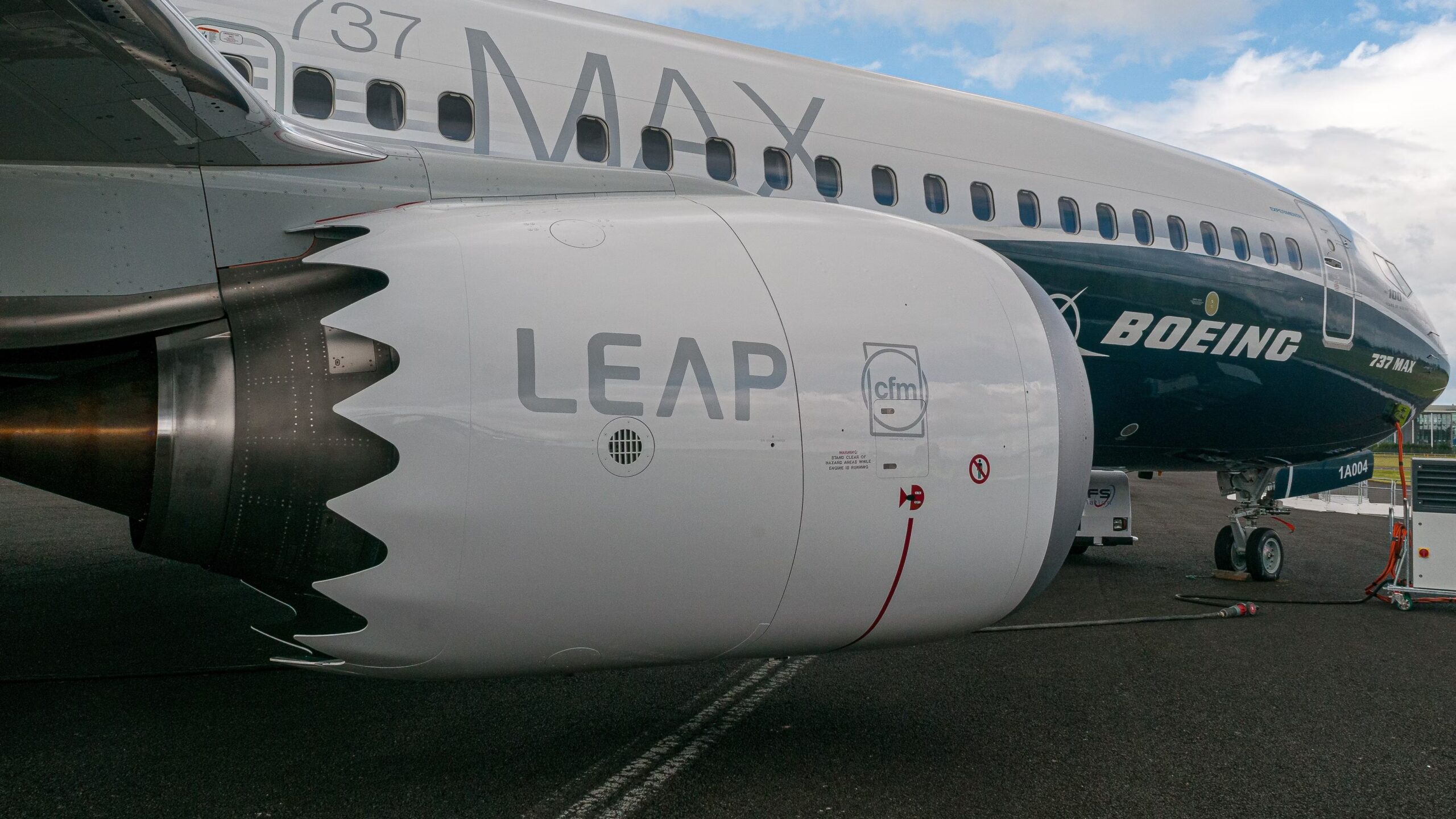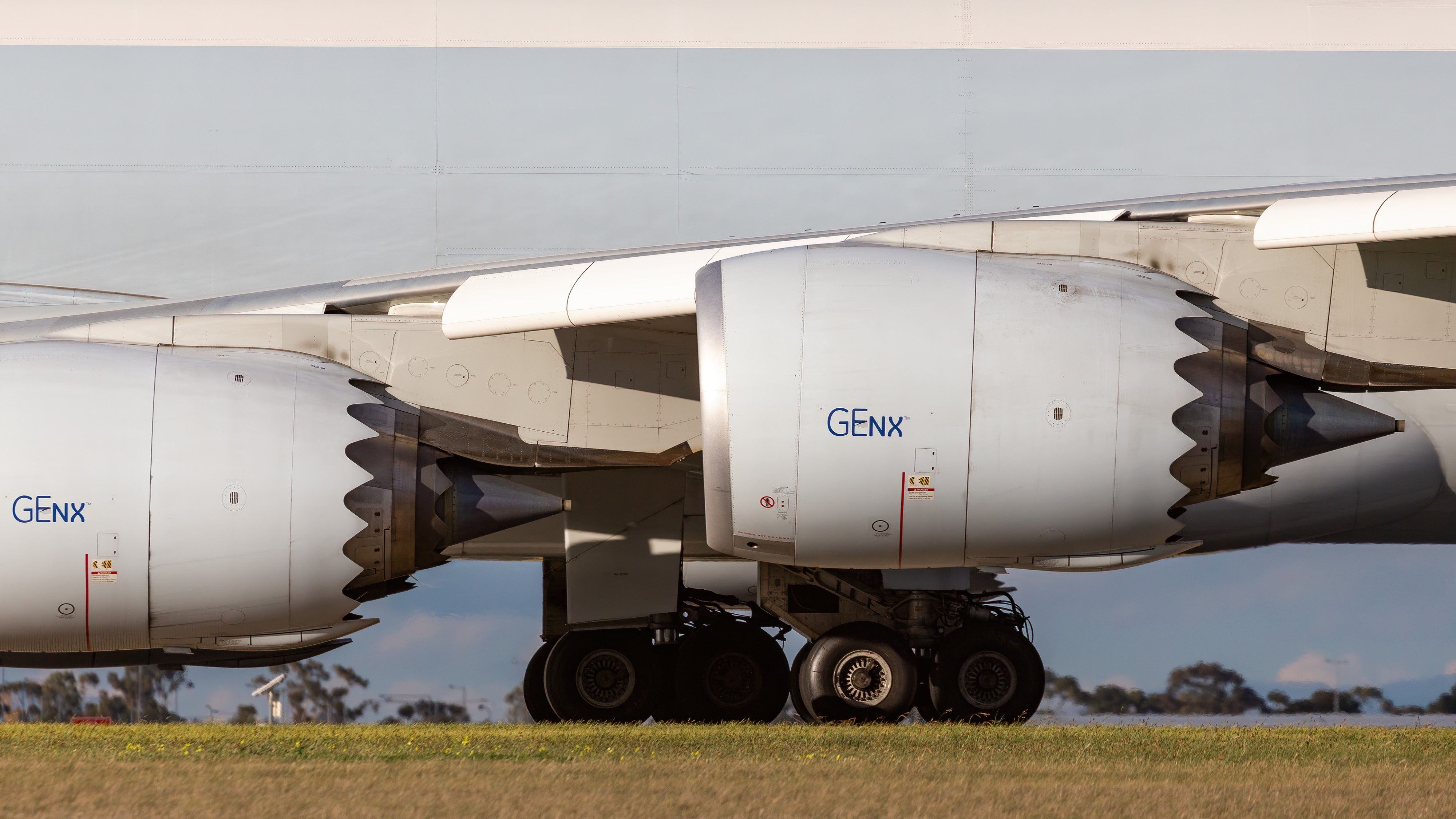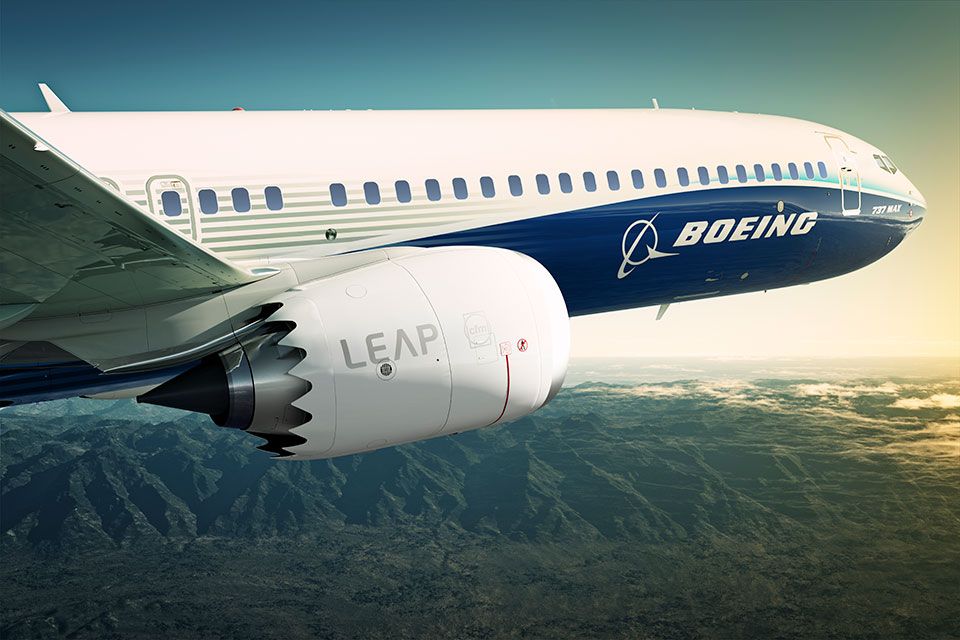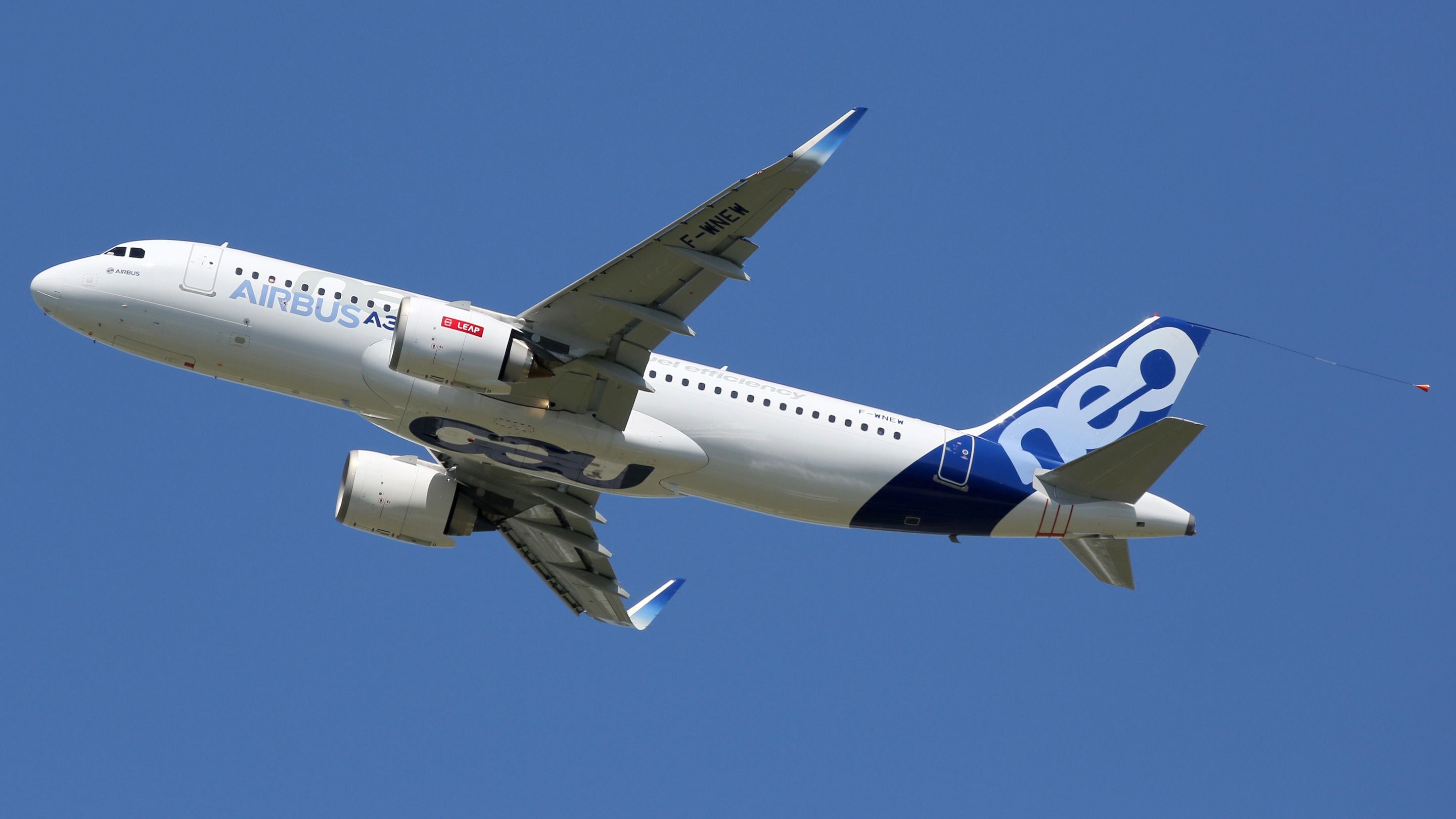Summary
- The international aviation sector continues to face engine problems, but GE is investing heavily in facilities and technology to remedy these issues effectively.
- GE Aerospace is taking a proactive approach by investing $1 billion in global engine repair facilities to enhance inspection technologies and reduce aircraft downtime.
- The investment will primarily focus on supporting the CFM LEAP engines, which are in high demand due to their efficiency and reliability, emphasizing safety and quality for customers.
For the last five years, at least one of the big four-engine original equipment manufacturers (OEM) has been in the spotlight for all the wrong reasons. The Rolls-Royce Trent, Pratt & Whitney GTF, CFM LEAP and GE GEnx have had problems at various stages, and a lack of maintenance capacity or spare parts has often kept aircraft grounded.
GE Aerospace steps up
To be fair, many of the issues have involved new-technology engines in their entry-into-service phase. The OEMs have generally been quick to find and implement solutions and have paid dearly for building engines that have delivered everything promised, such as the step-change gains in fuel burn and emissions.
Photo: Ryan Fletcher | Shutterstock
GE Aerospace (GE) announced today that it is investing more than $1 billion over five years to strengthen its global engine repair facilities, with spending and development starting this year. GE has also announced it is setting up a new Services Technology Acceleration Center (STAC) in the US, near Cincinnati, Ohio, that will open in September 2024.
The interesting aspect of the STAC is that it aims to accelerate the deployment of innovative services approaches, which is exactly what the engine MRO industry needs as it strives to overcome the shortage of experienced technicians and the need to do more with less in the post-pandemic environment.
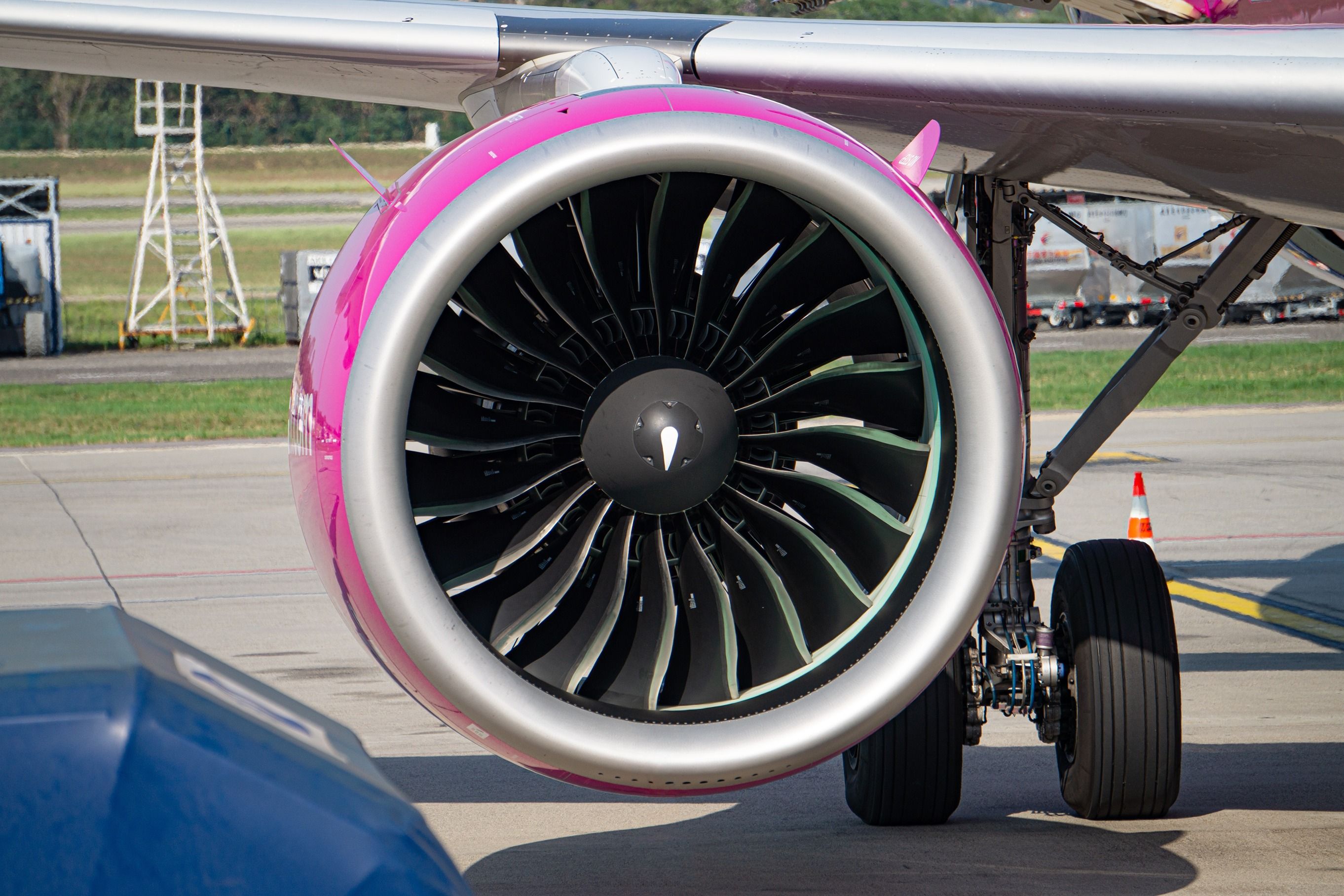
Related
How Do Jet Engines Work?
What is Newton’s Third Law of Motion?
While GE did not elaborate on specific repair processes, it said an initial focus will be on inspection technologies that detect emerging issues sooner and reduce airplane downtime for customers. A feature of the COVID-19 era was the development of remote inspection techniques, such as receiving customer sign-off for borescope inspections of engines, where the customer inspected the engine parts online with the technician at the workshop.
Photo: Boeing
The largest portion of the $1 billion investment will be spent to support the growing demand for CFM LEAP engines, the 50/50 joint venture between GE Aerospace and Safran Aircraft Engines. The CFM LEAP is the sole engine choice for Boeing 737 MAX aircraft and is an engine option, along with the Pratt & Whitney GTF, on the Airbus A320neo Family of narrowbody jets.
Where the money is going
GE President and CEO Commercial Engines and Services, Russell Stokes, said that this investment reinforces GE’s longstanding focus on safety, quality and delivery for its customers and the flying public, adding:
“Our customers are experiencing strong air travel demand, and we are investing to increase our capacity and efficiency so we can meet their growing needs and keep their planes flying safely and reliably.”
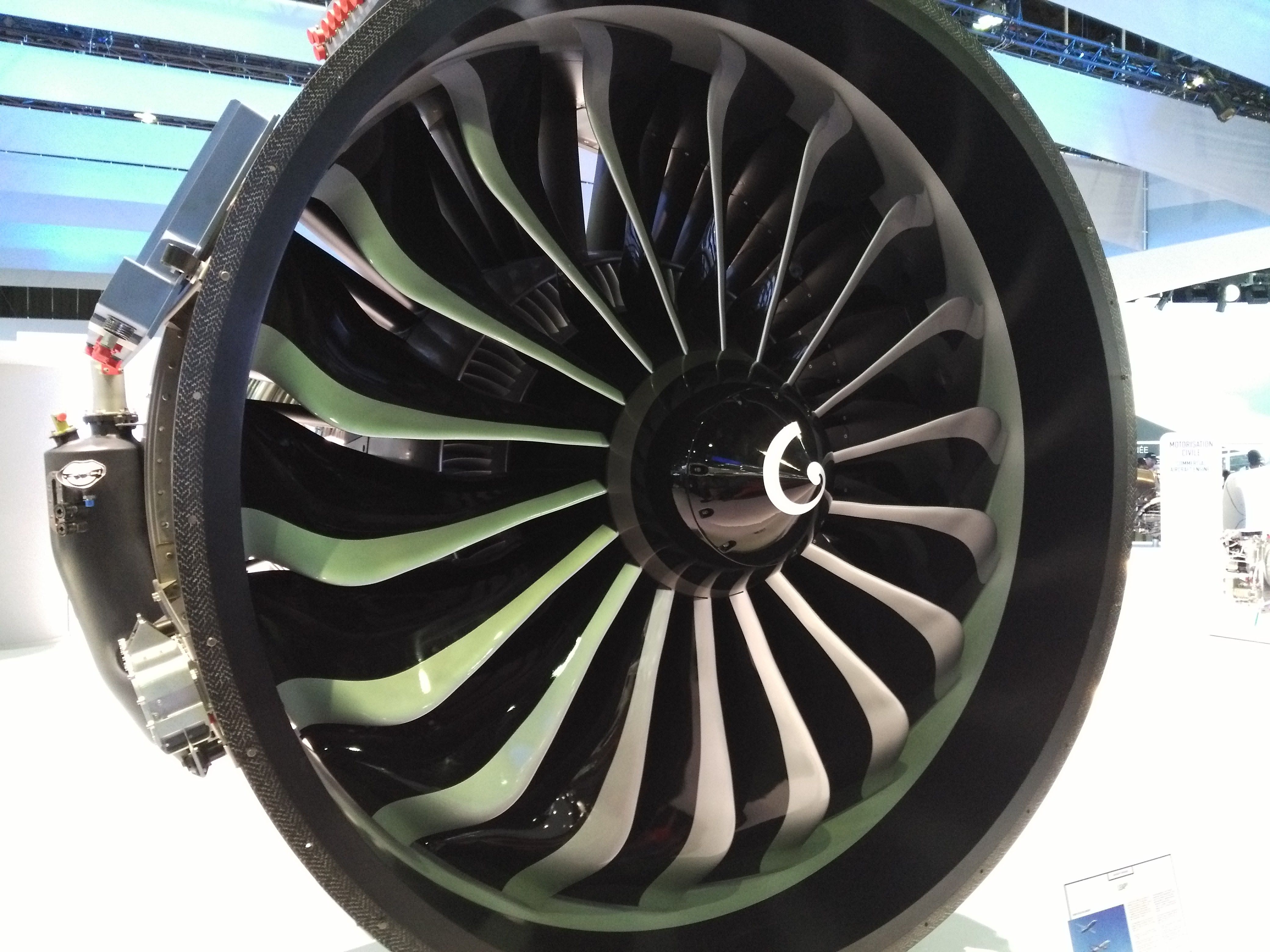
Related
The Engine Of The Future: How Does The CFM LEAP Differ From The CFM-56?
The CFM LEAP engine provides over 15% greater efficiency while retaining the reliability of the CFM-56.
More than 3,300 LEAP-powered aircraft are in service, and as those aircraft become more prevalent and age, the demand for scheduled and unscheduled engine MRO services will grow exponentially. It is also a time of transition away from older engines as airlines look to reduce their carbon emissions through fleet renewal, which already sees more than 10,000 additional engines currently in backlog.
Photo: Markus Mainka | Shutterstock
GE is spreading the investment in facilities around the world over the five years, starting with $250 million allocated for projects this year. In general, the plan is to fund facility expansion and acquire new machines, tooling and safety enhancements in the US, South America, Europe and the Middle East and Asia-Pacific. These include:
- United States: ~$65 million across facilities in Cincinnati, Ohio; Mc Allen, Texas; Lafayette, Indiana; Dallas, Texas and Winfield, Kansas.
- South America: ~$55 million in Petropolis, Brazil.
- Europe and Middle East: ~$60 million across plants in Budapest, Hungary; Prestwick, Scotland; London, England; Cardiff, Wales; Wroclaw, Poland; Doha, Qatar and Dubai, United Arab Emirates.
- Asia-Pacific: ~$45 million in Singapore; Taipei, Taiwan; Kuala Lumpur, Malaysia and Seoul, South Korea.
GE added that many of these investments result from employees working to improve safety, quality, delivery and cost through its proprietary lean operating model, FLIGHT DECK. The OEM describes the model as “a systematic approach to running the business to deliver exceptional value as measured through the eyes of customers.”
GE Aerospace has an installed base of approximately 44,000 commercial and 26,000 military aircraft engines, supported by a global team of 52,000 employees. The MRO workshops provide commercial customers with services that include engine disassembly and reassembly, maintenance, repair and inspections, as well as testing.

